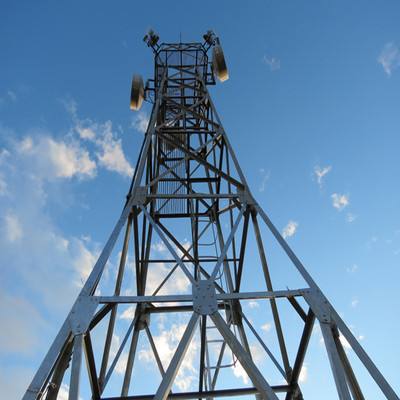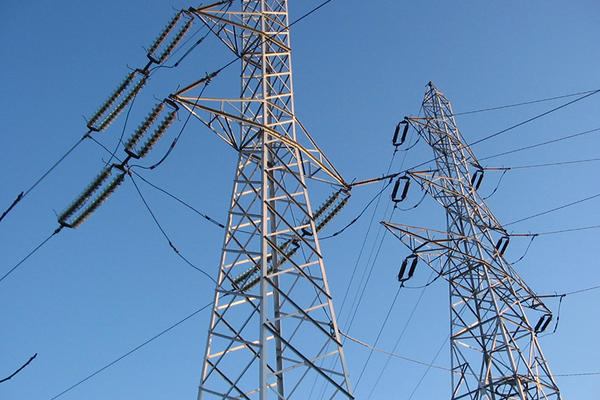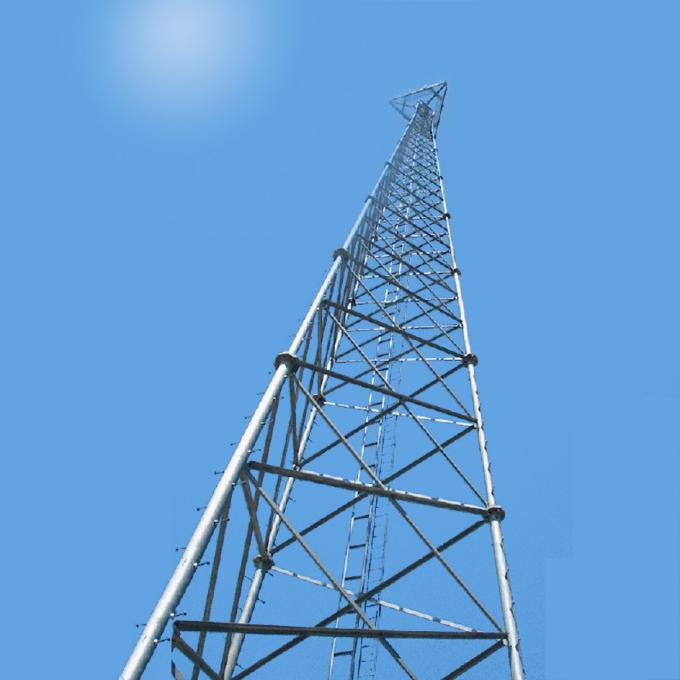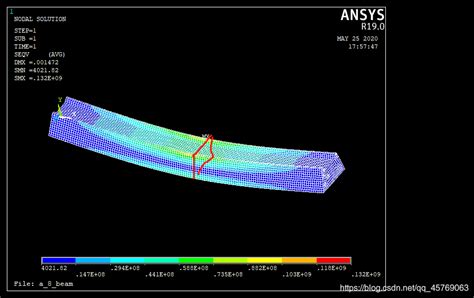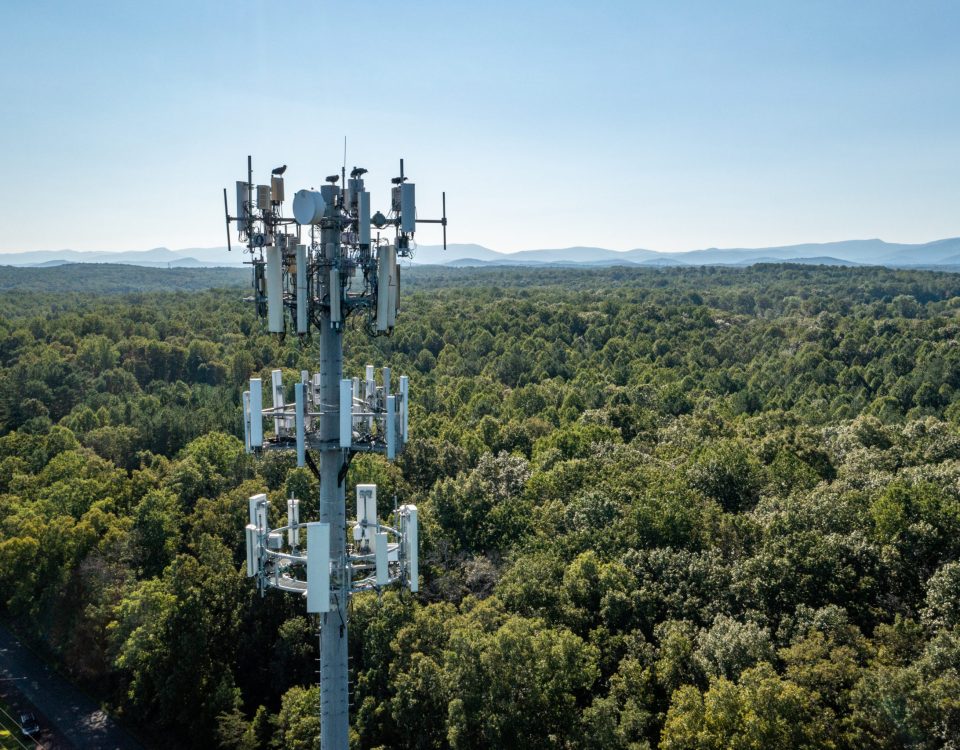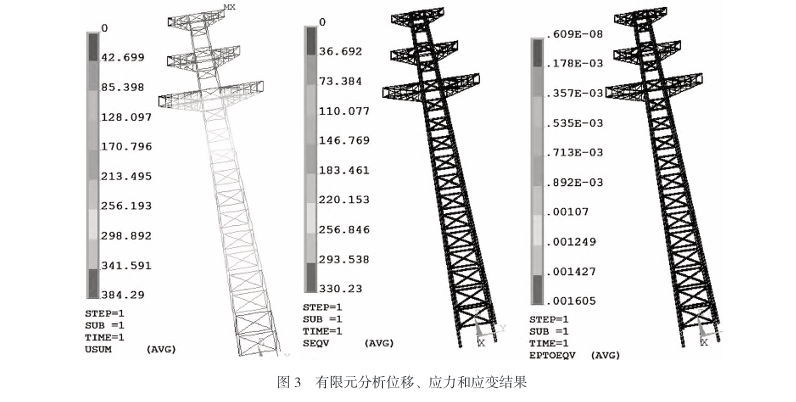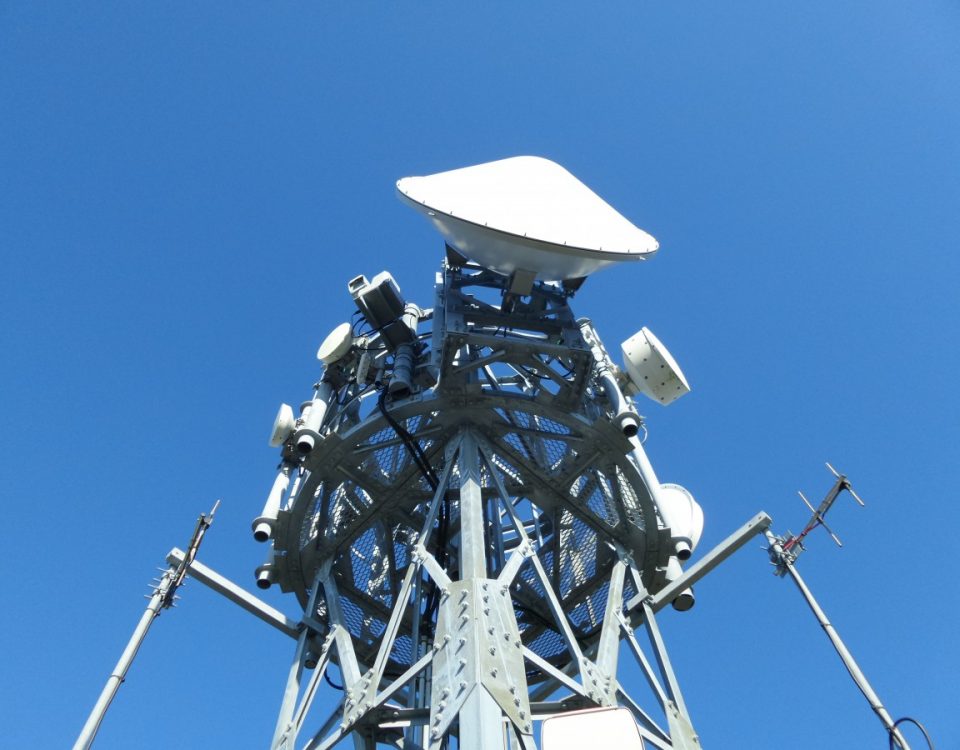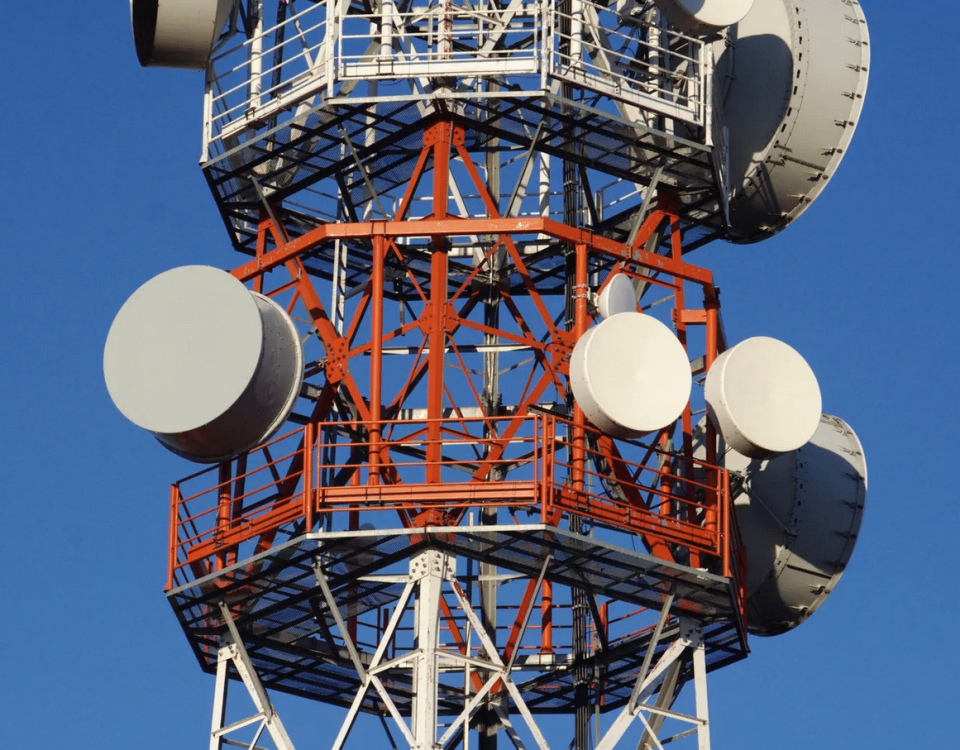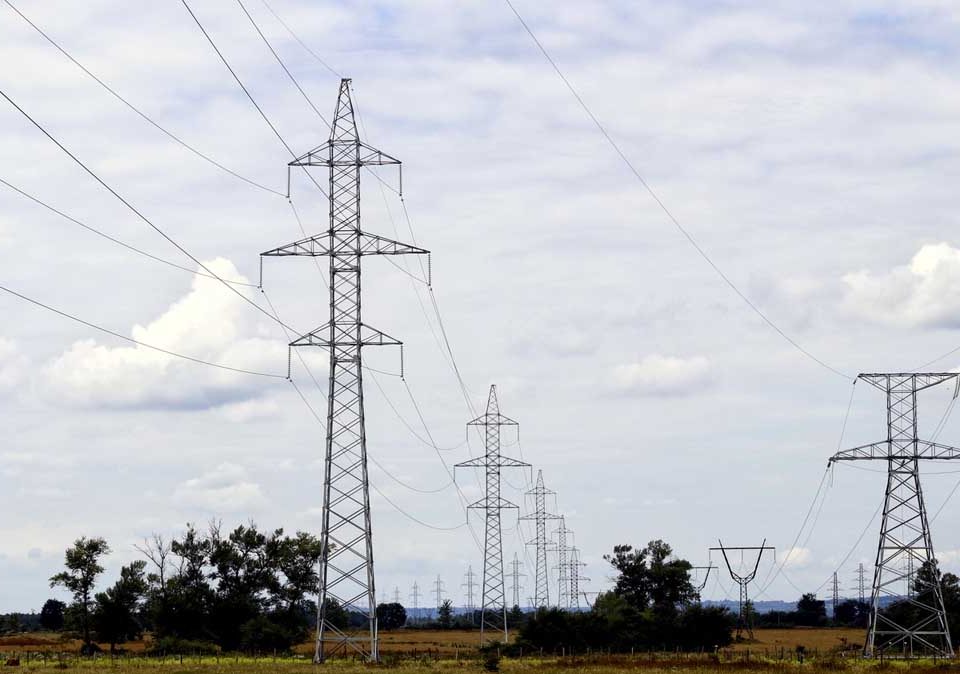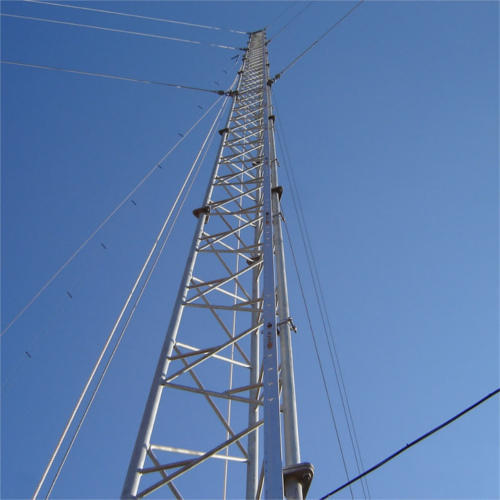
general information about guyed lattice mast,guyed lattice towers and masts
January 10, 2019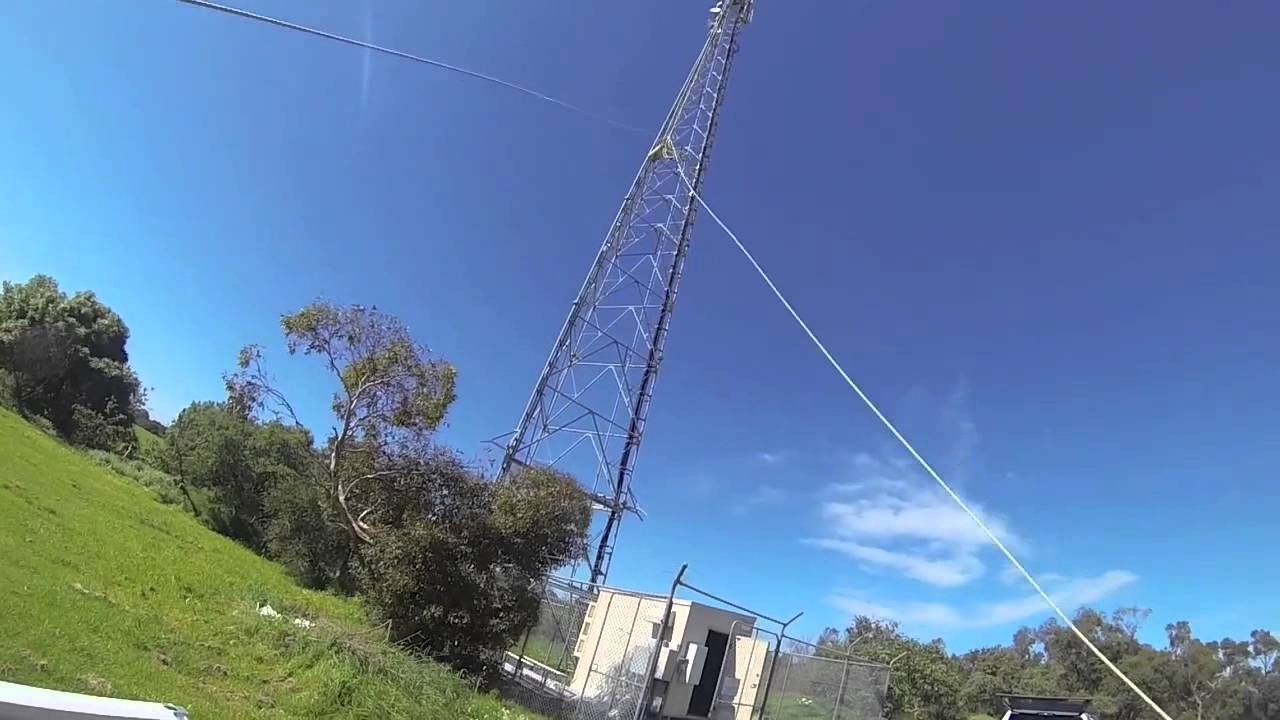
Analysis of guyed steel lattice mast subjected to environmental loads
January 15, 2019four legged angle iron /tube communication towers
Project Overview
The aim of the project is to Design, supply, 120m high self-supporting four legged steel lattice communication tower including inner ladders, cable trays, inner &outer platforms, galvanizing, obstruction painting & obstruction lightning and accessories for mounting/installation UHF, HF, FM, Dish antenna etc, and their feeder cable as per the general requirement
- Design requirement and basic of design
- Tower Supplier shall guarantee the overall safety of the tower.
- Tower Supplier may change the design basis specified in this section. however, Tower Supplier shall not be relieved of any obligation in respect of guaranteeRequired under this Technical Specifications.
- Preliminary design calculations for the tower shall be submitted in price proposal, taking into account the General Requirements (refer Drawing Annex 1) including proposed outer platforms within 2m projections at 40m, 70m, 90m and 110melevations.
- Tower Supplier shall provide in his technical proposal an estimated weight of steel.
- Types and Geometry of Towers
- Tower Supplier shall supply in his proposal the selection to scale, showing the assembly of thestructures, the antenna mounting levels, platforms level and anchoring details at foundation
2.2.Tower shall be four legged angle iron /tube type.
- Tower Supplier shall accurately follow the tower architecture and the material specifications asdetailed in this document.
- For those performance specifications and characteristics, which are not stated in thisspecification, the relevant standard and / or recommendations as specified in EIA RS-222Cor BS8100 and BS449 shall apply
- Manufacturing and workmanship should comply with BS449 or AISC
- All material shall comply with British Standards (here in after called BS) or equivalent The permissible stress of the material shall complywith BS or equivalent .
- Design Standards
- The Following Codes shall be used in the designs fabrication and construction.
|
Process |
Code |
|
Tower Designing |
The American “Structural Standard for Steel Antenna Towers and Antenna Supporting Structure” RS222C or The British Codes of Practice 3 Chapter V Part 2, 1972. BS8100 is also acceptable |
|
Welding |
Shall be metal-arc welding complying with BS 1856 for mild steel and BS 2642 for manganese steel whichever is applicable |
|
Manufacturing and workmanship |
Comply to BS449 or AISC |
|
Galvanizing |
Comply with either BS729 or ASTM/A123 or equal in other standard and codes and minimum 660g/m2 Zn coating shall be provided. |
- Tower Supplieris to state any deviation from above standards if such other standards are used.
- The steel used in the fabrication of the tower shall comply with BS, JIS or an equivalentstandard proposed by tower Supplier.
- All Nuts and Bolts shall be in accordance with ISO 898-1(Hexagonal Bolts) or relevant
- Handing, Pre Installation
- Precautions shall be taken in loading, unloading, transporting and stacking steelworks carefully to avoid any possible damages to the surface finishes and possibleexcessive stresses due to bending or twisting of the members.
- Tower Suppliershall submit the erection manuals to the “*****” which he proposed to useduring the erection of the tower.
- Tower Fabrication Materials
- All sections of the tower shall be construct using high quality raw materials. The Tower Supplieris to ensure that raw materials only from reputable mills are utilized for the fabrication of tower. The mills should have ISO certification. Tower Supplierstate the name, address andcontact details of their raw materials Tower Supplier nominated for this contract.
- All material shall conform to the relevant British Standards or equivalent. The relevantmanufacture test certificate shall be produced before any steel can be accepted. Material specifications shall conform to, (no substitutions are allowed):
|
Material |
Standards |
|
Mild Steel angles and plates |
BS EN 10025 1993 Grade 275 or JIS G3101 SS400 |
|
High Tensile angles and plates |
BS EN 10025 1993 Grade 355 or JIS G3101 SS540 |
|
Bars |
BS 4449: 1978, Yield stress fy = 250MPA(Mild steel) fy = 400MPA (Hot rolled high yield) |
|
Bolts |
BS 3692 Grade 8.8 (Other grades shall not be acceptable). Minimum bolt diameter shall be 16 mm |
- Equivalent standards may be accepted.
6. Wind Loading and Tolerances
6.1. Operational 140km/hr. & survival wind speed of 160km/hr. (All 3 Sec Gust)
6.2. Twist and swing should not exceed 1.0° under extreme wind condition as specified in clause 6.1 above.
6.3. The tower-loading figure should accommodate following equipment
6.4. A safety factor of 1.7 should be used and material partial safety factor should be 1.1
6.5. The erected tower, under the condition of negligible wind, shall not deviate from the vertical position by more than one eight percent (1/8 %) of its height, and shall be straight within 2.5cm of the nominal geometric position; the erected tower shall be free of inherent twists.
7. Galvanizing
7.1. Galvanizing process should comply with either BS729 or ASTM/A123 or equal in other standard and codes (please quote if others).
7.2. All steelwork and fitting used in the assembly of the tower including the platforms, climbing ladder, cable ladders, holding down bolts shall be galvanized by the hot dip process after fabrication and before any assembly.
7.3. If, for manufacturing reasons, Tower Supplier proposes to use a treatment other than galvanizing for certain parts of the tower, then the Tower Supplier shall state specifically the fittings to be so treated and process to be used. Thickness of galvanization shall be more than 610 g/m2.
7.4. Steelwork forming portion of the foundation shall be galvanized down to a distance of not less than Thirty (30) cm under the surface of the concrete. This steelwork may be completely galvanized provided that the design of the foundation does not rely on a bond between the concrete and the encased steelwork.
7.5. Painting or cadmium plating shall not be used in any instance as a sole means of protection against corrosion.
7.6. Tower Supplier needs to provide detailed document regarding the galvanizing plan and that shall include all contact details, Capacity and quality control system, etc.
7.7. Samples of galvanizing selected at random may be required to test by the Tower Supplier in the presence of the “*****”.
Related posts
The analysis of the bearing capacity of a power transmission line steel tower highlights the complexity and importance of structural and foundation design. By understanding the interplay of loads, material properties, and environmental factors, engineers can optimize tower performance and ensure reliability in power networks. Tables and case studies further illustrate best practices and design considerations.

